Explore the Strengths of Stainless Steel Shim Plates in Heavy-Duty Applications
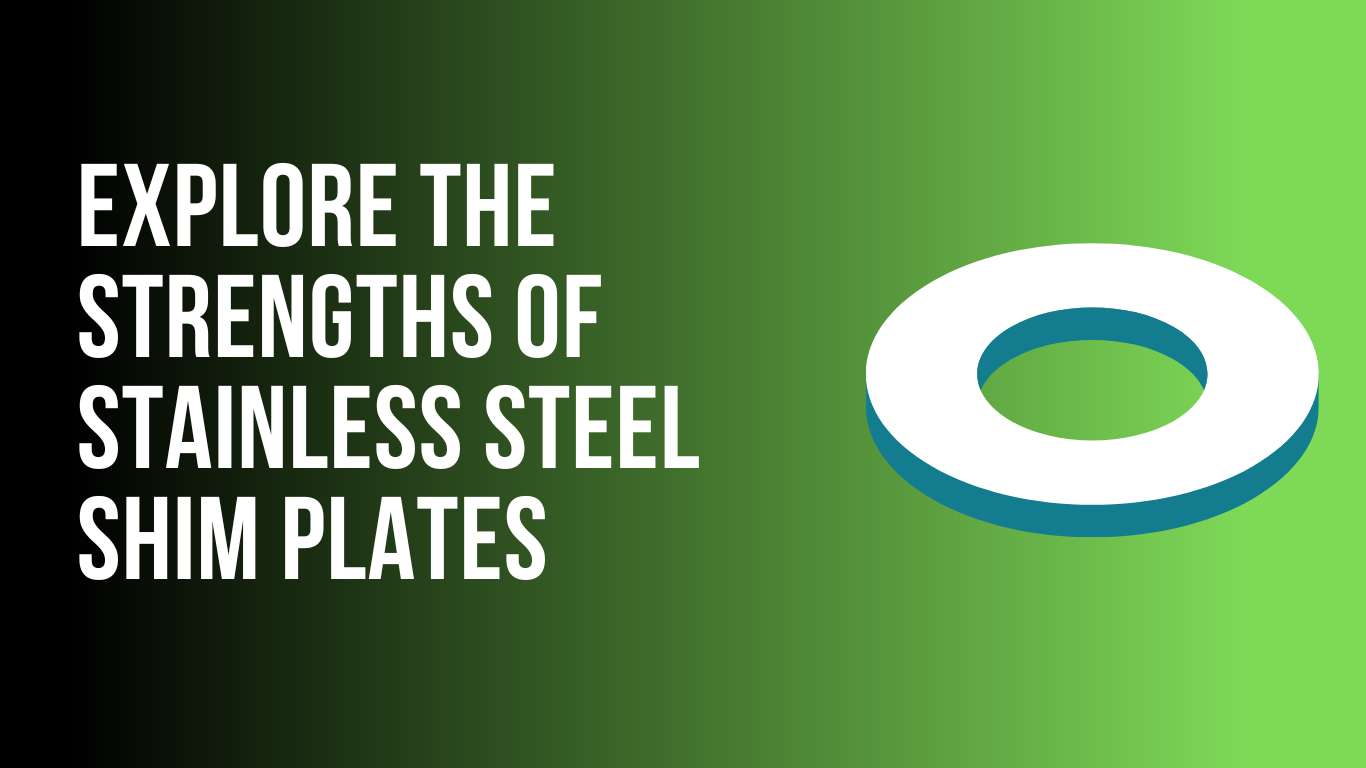
Hey there! Are you having trouble lining things up in your big machines? Maybe parts are getting old and leaving spaces where they shouldn't be, or maybe you just need to make some small adjustments to get things working perfectly. That's where SS shim plates come in!
But wait, what exactly are SS shims plates? Let's take a closer look at these thin metal plates that can be a big help around the shop.
Table of Contents
- What are SS Shim Plates?
- Why Stainless Steel Reigns Supreme in Heavy-Duty Applications
- Choosing the Right Grade of Stainless Steel for Your Needs
- Applications of Stainless Steel Shim Plates in Heavy-Duty Settings
- The Installation Advantage: Easy to Use and Reuse
- Conclusion
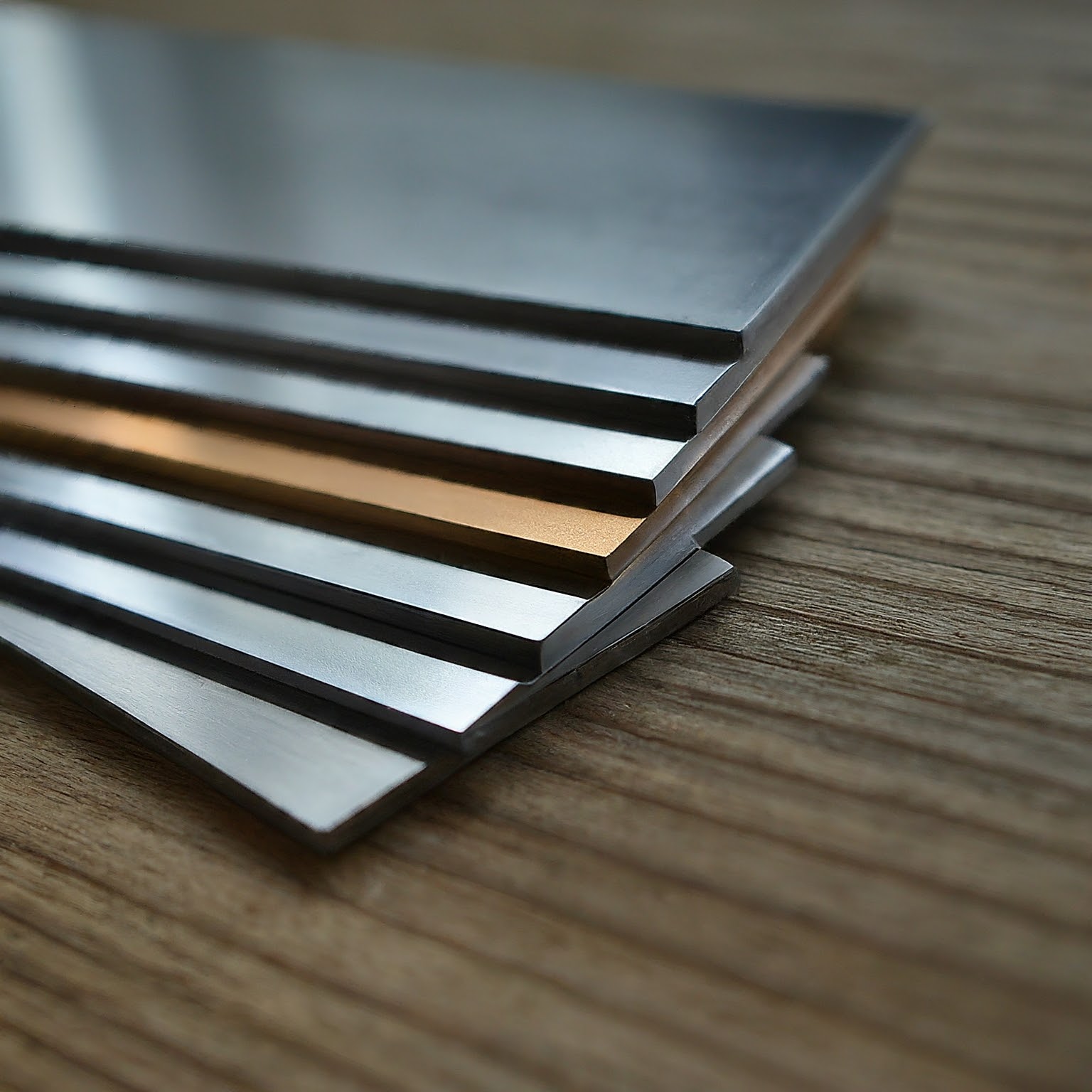
What are SS Shim Plates?
Imagine a thin, flat piece of metal that's exactly the same thickness throughout. That's basically a shim plate. These might not seem like much, but they're really important in a lot of industries, especially for heavy-duty machinery. They're like tiny shims or wedges that get jammed between machine parts to:
-
Alignment: Correcting misalignments that can cause inefficiencies or even damage.
-
Levelling: Ensuring equipment sits perfectly level for optimal operation.
-
Precise Clearances: Maintaining critical gaps between components for proper movement and function.
-
Taking Up Slack: Compensating for wear and tear in parts, restoring functionality.
While various materials can be used for stainless steel shims plates, stands out as the undisputed champion for heavy-duty tasks. Let's explore why.
Why Stainless Steel Shims in Heavy-Duty Applications
Don't be fooled by the name! Stainless steel shim plates aren't just some fancy option – they're the real deal for tough jobs. Here's the lowdown on why they rule the roost when it comes to heavy-duty environments:
-
Corrosion Resistance: Heavy-duty machinery often operates in harsh environments – think moisture, chemicals, or extreme temperatures. Regular shim plates might succumb to rust or degradation. But stainless steel? It shrugs off these challenges with its superior corrosion resistance. This translates to long-lasting performance and minimal replacements, saving you time and money in the long run.
-
Durability and Strength: Heavy-duty applications involve significant loads and stresses. Flimsy shim plates wouldn't stand a chance. Stainless steel, however, boasts excellent strength and can handle substantial weight without bending or warping. This ensures your shims maintain their shape and function even under demanding conditions.
-
Dimensional Stability: Precision is key in heavy-duty machinery. The slightest dimensional change in your shims can throw everything off balance. Stainless steel shines here too, offering exceptional dimensional stability. It resists warping or shrinking under pressure, ensuring your carefully adjusted clearances remain consistent.
-
Heat Resistance Many heavy-duty machines generate significant heat. Regular shim plates might buckle under such conditions. Stainless steel, on the other hand, offers good heat resistance. This allows them to perform reliably even in hot environments, ensuring your machinery functions optimally.
-
Versatility: Let's face it, variety is the spice of life (and engineering!). Stainless steel shim plates come in a wide range of thicknesses, making them suitable for various applications. Need a wafer-thin shim for precise adjustments? No problem. Require a thicker shim to compensate for wear? Stainless steel has you covered. This versatility ensures you have the right tool for the job, no matter the challenge.
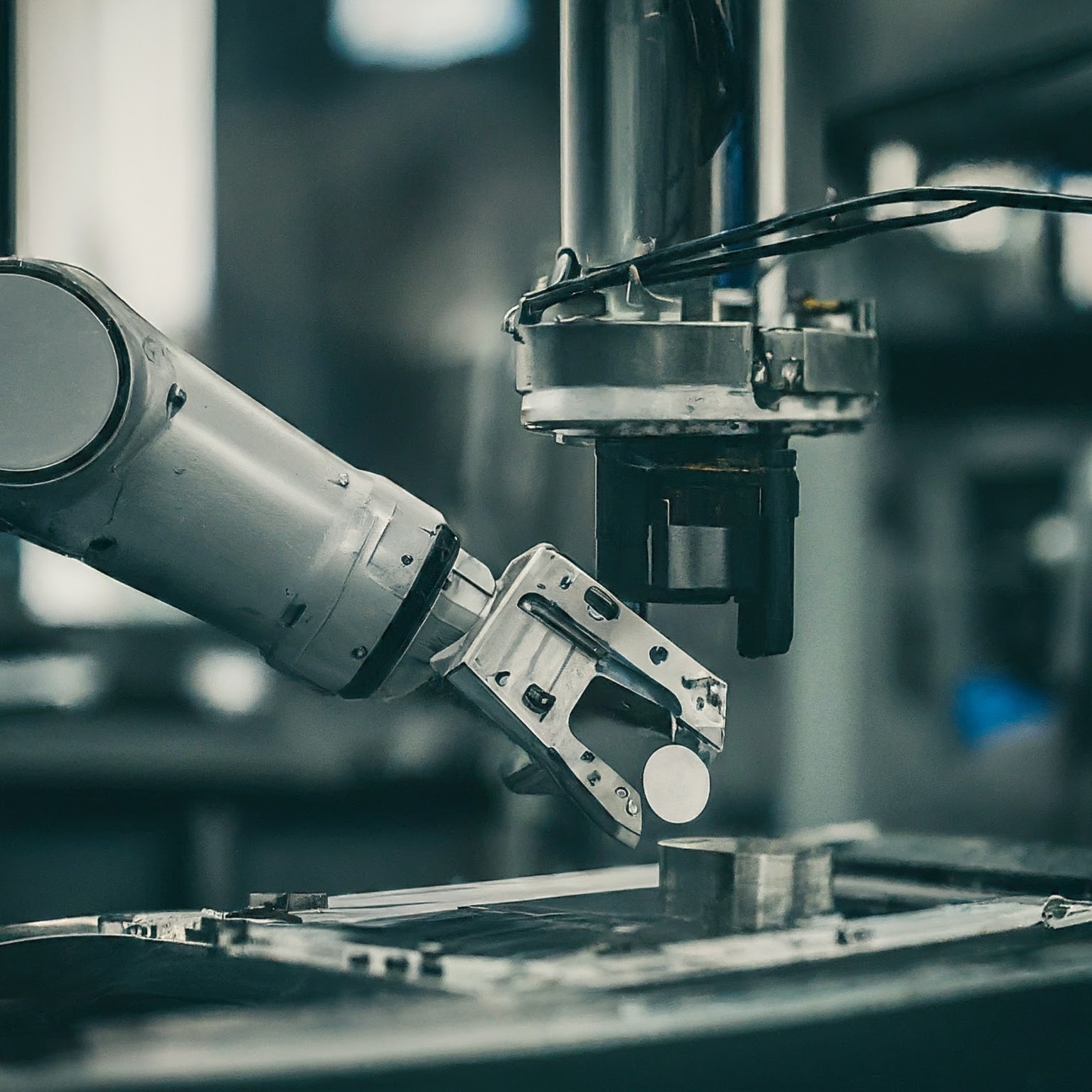
Choosing the Right Grade of Stainless Steel for Your Needs
Not all stainless steel is created equal. There are different grades, each with its own strengths and weaknesses. To pick the perfect shim plate for your heavy-duty application, consider these factors:
-
Environment: Will your shims be exposed to harsh chemicals, saltwater, or extreme temperatures? Opt for grades like 316 or 304, known for their superior corrosion resistance.
-
Load Requirements: How much weight will your shims need to handle? For heavy loads, choose grades like 430 or 17-4PH, known for their high strength.
- Formability: Do you need to bend or shape your shims for specific applications? Grades like 301 or 302 offer good formability without compromising strength.
Need to find a shim manufacturer? Searching online for "stainless steel shim manufacturers" or "shim sheet metal suppliers" will provide you with a list of companies in your region or catering to your specific needs.
Remember, when choosing a shim manufacturer, consider factors like:
- Material quality: Ensure they use high-grade stainless steel for optimal performance.
- Range of thicknesses:Look for a supplier offering a variety to meet your specific needs.
- Custom capabilities:If you require custom shapes or sizes, choose a manufacturer with the ability to fulfill those requirements.
- Reputation and certifications:Research the manufacturer's reputation for quality and adherence to industry standards.
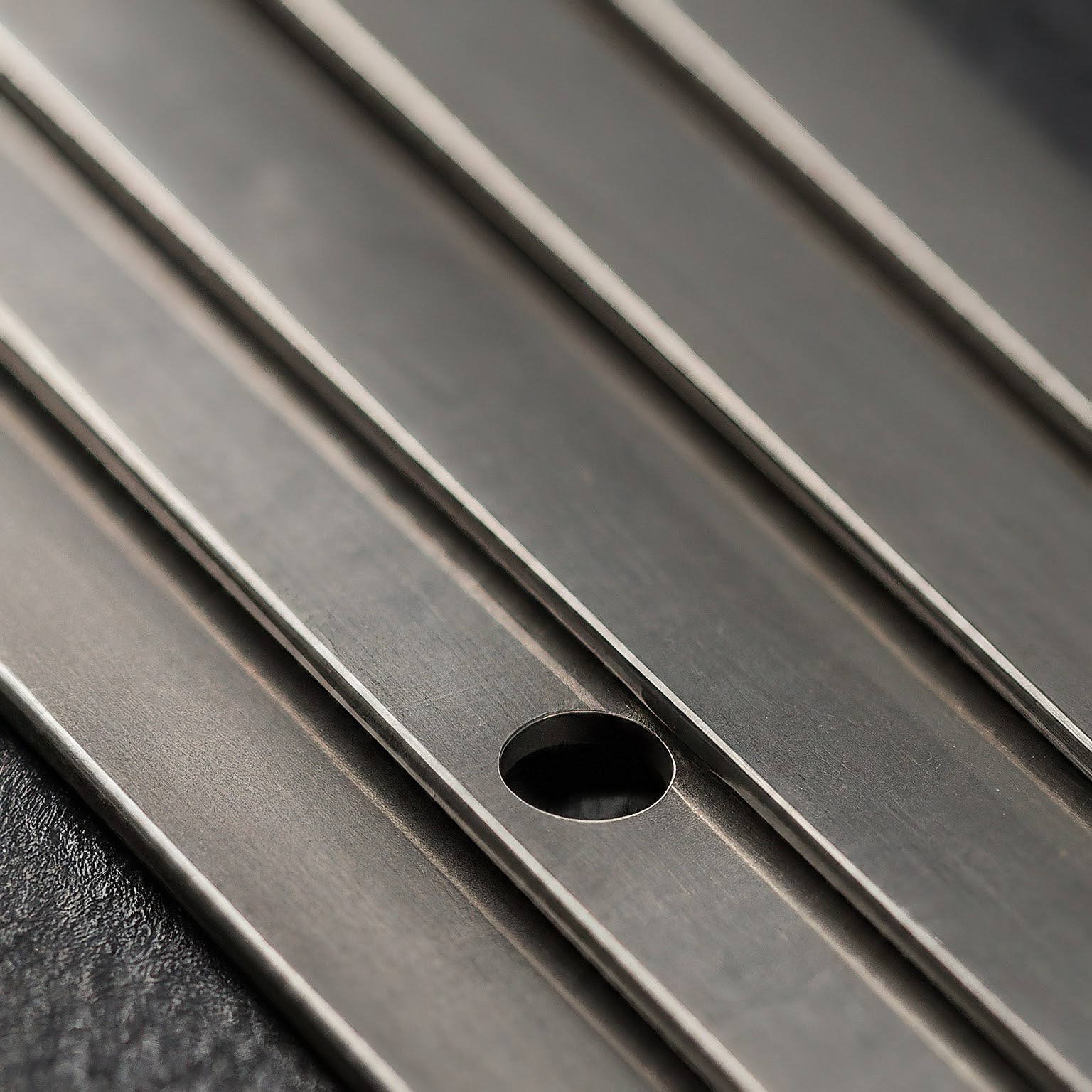
Applications of Stainless Steel Shim Plates in Heavy-Duty Settings
Stainless steel shim plates are workhorses in various heavy-duty applications. Here are some prime examples:
-
Power Generation: Ensuring precise alignment in turbines, generators, and other critical components.
-
Oil and Gas Industry: Maintaining proper clearances in pumps, valves, and pipelines for safe and efficient operation.
-
Construction: Levelling heavy machinery and equipment for stable foundations.
-
Manufacturing: Achieving precise tolerances in machinery for consistent product quality.
- Marine Applications:Combating corrosion on ships and offshore platforms with their superior resistance to saltwater.
These are just a few examples. The versatility of ss shim plates (stainless steel shims plates) makes them valuable assets across numerous heavy-duty industries
The Installation Advantage
Another beauty of stainless steel shims plates is their ease of use. They can be easily cut to size with simple tools like shears or tin snips. This allows for quick adjustments and on-site modifications without complex procedures.
Furthermore, stainless steel shims inherent strength allows them to be reused in many cases. Unlike softer materials that might deform under pressure, ss shims retain their shape, making them a cost-effective and sustainable solution.
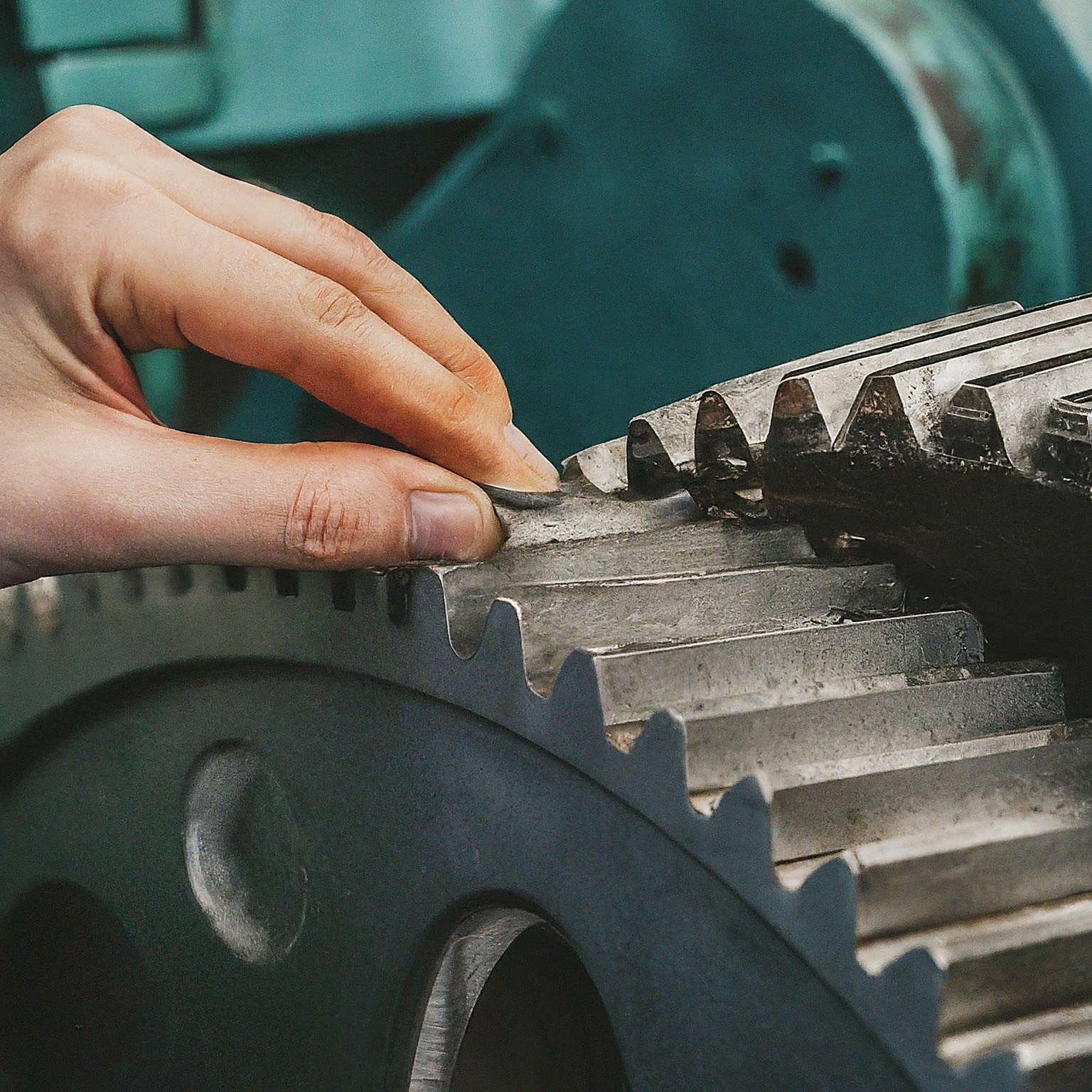
Conclusion
When it comes to heavy-duty applications, ss shim plates stand out as dependable allies. Their exceptional corrosion resistance, strength, and dimensional stability ensure optimal equipment performance in harsh environments. With their versatility, ease of use, and reusability, they offer a cost-effective and reliable solution for a wide range of challenges.
So, the next time you face an alignment or clearance issue in your heavy-duty machinery, remember the humble ss shim plate. It might just be the unsung hero that gets your equipment back on track and running smoothly.
Author
List Other similar blogs








